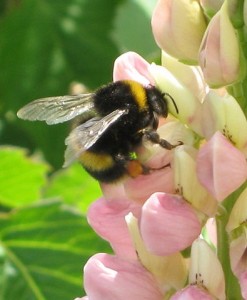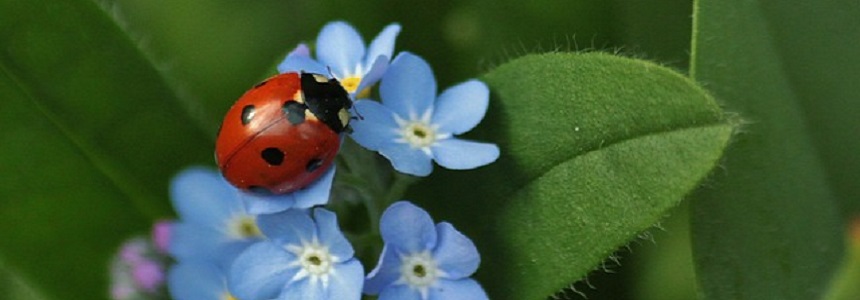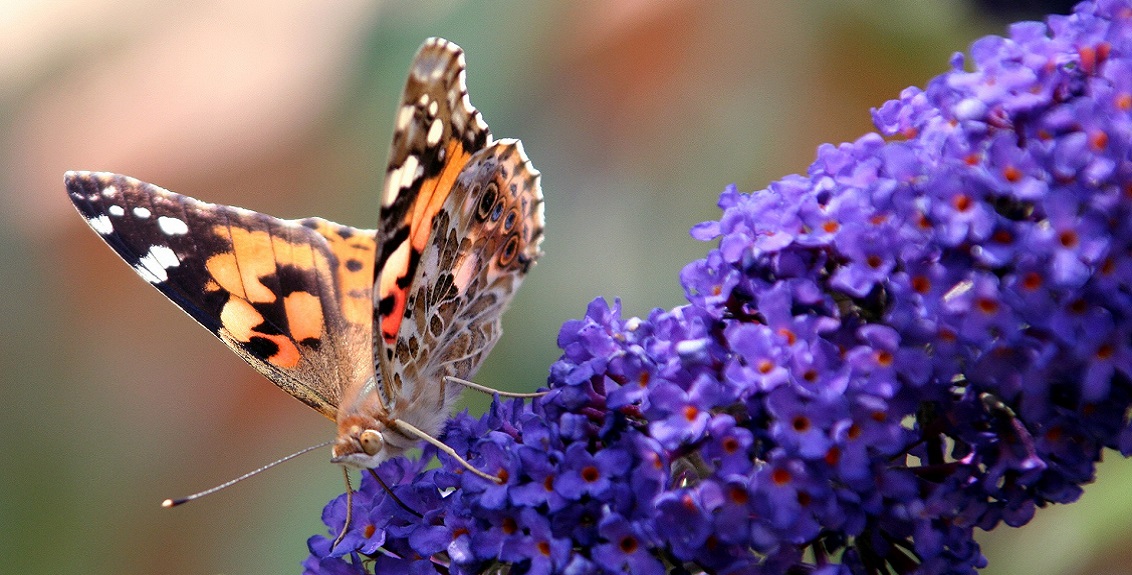Wildlife, such as birds and other animals are fun to have in the garden and they are also beneficial. Hedgehogs eat slugs, while many garden birds make short work of snails. Birds are very useful in the flower garden as they eat a lot of pests, such as aphids and caterpillars and you can protect your fruit and vegetables by using netting. Flowers that attract ladybirds and lacewings are worth growing, as the larvae of these eat large quantities of greenfly.
This video shows you how to encourage urban wildlife in your garden, with nectar and scent rich plants and flowers to attract an abundance of bees and butterflies.
Chemicals can be harmful to all these forms of wildlife, so this is another reason why they should be avoided if at all possible. Larval and adult ladybirds eat incredible quantities of aphids, and so are worth encouraging into the garden.
Ideas
- Surrounding prized plants with slug traps, such as the piece of guttering filled with water, may deter attacks.
- Birds love seed beds, so try to deter them by hanging shining kitchen foil above the bed to frighten them off.
- Try to provide places for lacewings and other beneficial insects to over winter. The raised box, which has been stuffed with straw, is an ideal winter home for them.
- Pests may be deterred from attacking certain plants if you use companion planting. Marigolds are a good example of this as the smell of the Marigold prevents insects from scenting out their favourite vegetable.
Some ideas about how to choose companion plants for your vegetable garden.
Examples of friendly insects:
- Bees
- Centipedes
- Ground beetles
- Lacewings
- Ladybirds
- Spiders
- Rove beetles
- Earwigs – sometimes considered a nuisance because they eat the petals of some plants, such as Dahlias. However, they also eat many pests.

